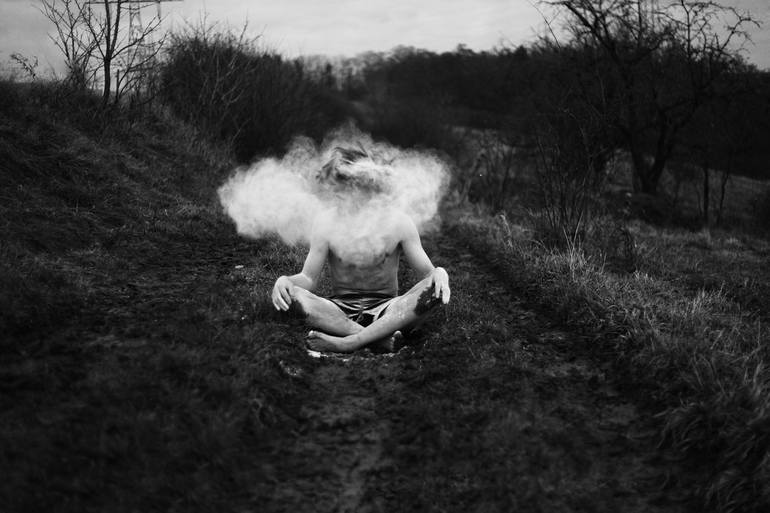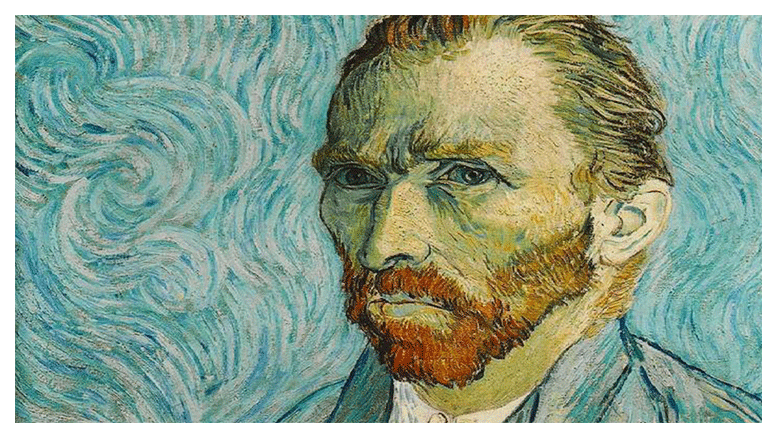Creativity and mental illness—these two terms are often closely linked, birthing the romanticised trope of the “tortured artist.” But is this connection grounded in scientific truth or just a popular stereotype? Is it a Myth or a Fact?
The most effective missions and meaningful life messages are born from your deepest pain!!
Jubi Jia
What Is Creativity, Really?
Creativity is one of those traits people seem to grasp intuitively, but struggle to define clearly. From Frida Kahlo to Steve Jobs, examples of creative geniuses span art, literature, and technology. But even as a creative individual myself, I often ask: Why do I gravitate toward certain elements or aesthetics? Why do specific emotions or visuals stir something deep within?
Creativity is complex. At its core, it’s the ability to produce something original and valuable, whether that’s a new method, idea, or artistic expression. But in a world oversaturated with media, ideas, and influences, creativity today is as much about perspective as it is about innovation. Your lived experience, your lens, your voice—that’s what makes your creativity authentic.
Personality Traits of Creative People
Creative individuals often share certain personality characteristics. Autonomy and nonconformity are common traits, as is introversion. Mastery in a specialised field also plays a key role—think Steve Jobs and Steve Wozniak’s deep knowledge of computing, Coco Chanel’s revolutionary impact on women’s fashion, or Salvador Dali’s introduction to surrealism.
Still, creativity doesn’t come without challenges. It often walks hand-in-hand with internal conflicts that can blur the line between genius and disorder.
The Mentally Challenging Side of Creativity
Clinical Research has shown a higher prevalence of mood disorders—particularly bipolar disorder and unipolar depression—among highly creative individuals. Think Vincent van Gogh, Sylvia Plath, Chester Bennington, or Amy Winehouse. Their artistic brilliance was paralleled by personal anguish.
Van Gogh suffered from psychotic mania and depression, yet created over 300 masterpieces. Sylvia Plath’s literary legacy is marked by intense emotional depth, likely linked to her mental health struggles. Amy Winehouse’s haunting voice and lyrics gave us a window into a deeply tormented soul. Despite success, many creatives fight silent battles behind the scenes.
But correlation does not imply causation. It’s essential to understand that while many creatives have battled mental illness, creativity does not require mental illness, nor does mental illness automatically result in creative output.
What Does Science Say?
A 2017 study in the Perspectives on Psychological Science journal published a study entitled Creativity and Mood Disorder: A Systematic Review and Meta-Analysis, reviewing multiple studies on mood disorders and creativity. The findings suggest a strong link between bipolar disorder and creative output. However, persistent depressive disorder (PDD) showed weaker associations. Interestingly, individuals with major depressive disorder (MDD) often scored higher in creativity than those with milder forms of depression.
Other factors—tight deadlines, emotional burnout, fierce criticism, lack of mental hygiene, and even workplace culture—can also trigger depressive symptoms, especially in high-pressure creative environments.
Do We Need to Be Tortured to Be Creative?
Why must creativity be synonymous with suffering? Why must pain be the ticket to artistic legitimacy? The concept of the “tortured artist” is deeply embedded in culture, but it’s misleading.
Leonardo da Vinci, often celebrated as the ultimate creative polymath, had dyslexia but thrived intellectually and artistically. His success challenges the idea that mental illness is a prerequisite for genius.
Creativity often flourishes not because of trauma but despite it. Trauma can act as a trigger, pushing people into introspection. But true creativity is about channelling those emotions, not being consumed by them. This is where the emotion-creativity loop becomes relevant—the cycle where emotions fuel creativity, which in turn helps process those emotions.
Solitude, Reflection, and the Creative Mind
Many creatives are naturally introspective. Solitude is often a necessary condition for creativity, not because it isolates, but because it provides space for thought. Reflection, after all, is fertile ground for creation.
Personally, I find crowds overwhelming. Even a single interaction can sometimes feel like too much. But in solitude, I reconnect with myself and the world around me. For many creatives, solitude isn’t loneliness; it’s liberation.
This is where the difference between being solitary and suffering from a multiple-personality condition becomes crucial. While both might appear socially distant, the motivations and implications are entirely different.

Creativity vs Clinical Illness
Let’s differentiate between trauma-informed art and clinical mental illness. A person with severe depression or psychosis may struggle to function at all, let alone produce art. Creativity might coexist with mental illness, but it doesn’t emerge because of it.
We also need to resist the societal pressure to romanticise suffering. Not all great art comes from despair. In fact, such narratives can feed into toxic positivity—a culture that expects people to turn trauma into success without addressing their actual pain.
A Therapeutic Outlet, Not a Cure
Creative expression can be therapeutic, but it’s not a substitute for mental health support. Art therapy, journaling, or music—these can help manage emotional turmoil. But therapy, medication, and a supportive environment are still essential.
Many artists create as a way to process pain. Writing, painting, or composing music gives shape to chaotic feelings. It’s a coping mechanism, not a cure. That’s why awareness of mental hygiene, emotional resilience, and healing practices are vital.
Creativity and Mental Illness in the Digital Age
In today’s digital-first world, contagious marketing and social media have shaped how we perceive both creativity and mental illness. Platforms often reward oversharing or dramatising struggle, making pain a product. This can create unrealistic expectations that artists must constantly suffer to remain “authentic.”
In contrast, true creativity requires emotional freedom, not exploitation.
So, Is There a Link? Do Creativity and Mental Illness Correlate? Is it Myth or Fact?
Yes and No.
There’s some evidence that certain mood disorders, especially bipolar disorder, are more common among creative individuals. But that doesn’t mean mental illness causes creativity—or that one must suffer to be innovative.
Ultimately, creativity and mental illness may correlate in some individuals, but they are not causally bound. Trauma can inspire art, but it’s the emotional awareness and ability to transform pain into beauty that defines creativity, not the pain itself.
Let’s stop glamorising the tortured artist and instead support a world where mental well-being coexists with creativity. A world where happiness, healing, and originality go hand in hand.And maybe—just maybe—it’s time to rethink how we value creativity vs capital in our society.

